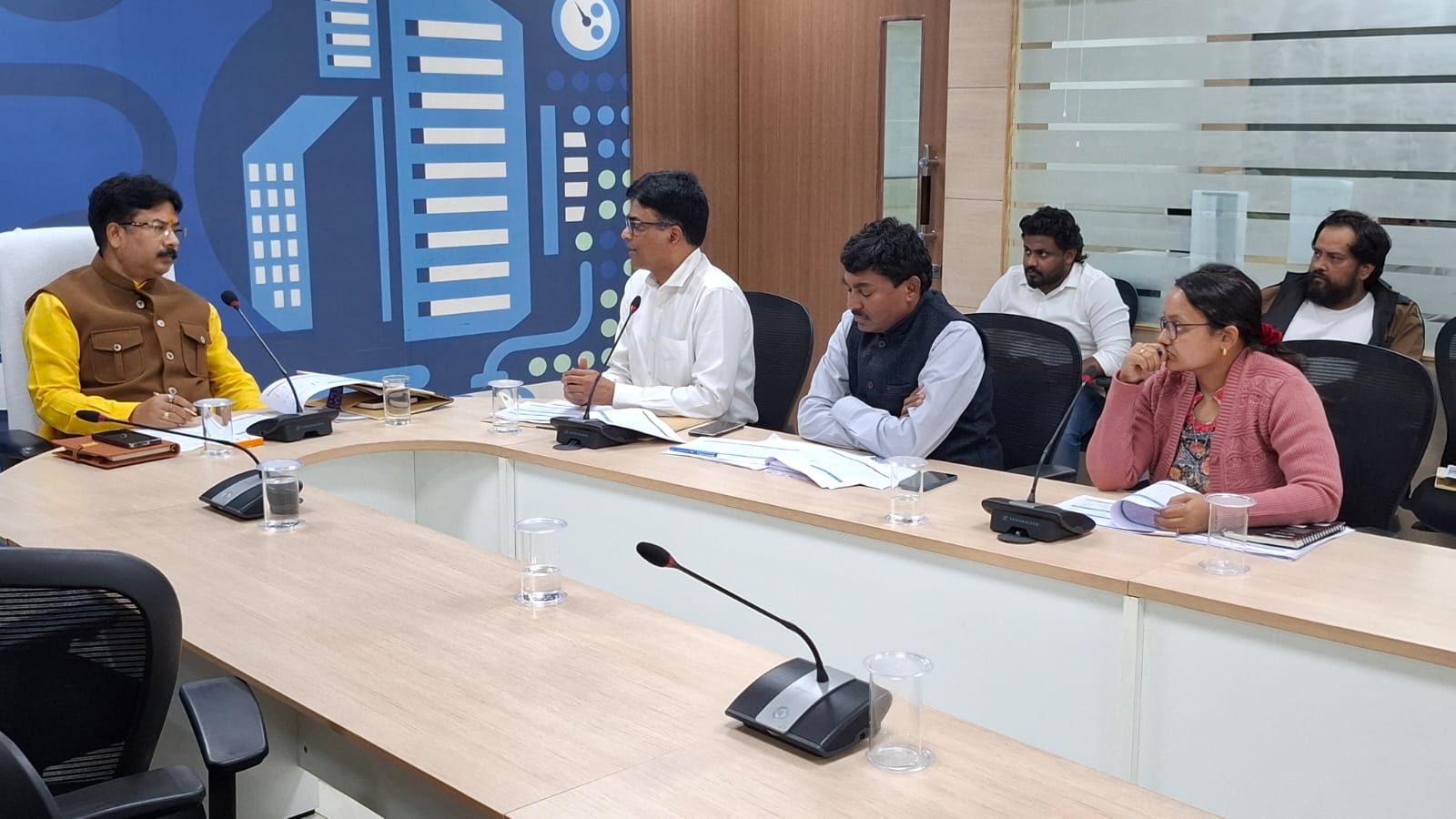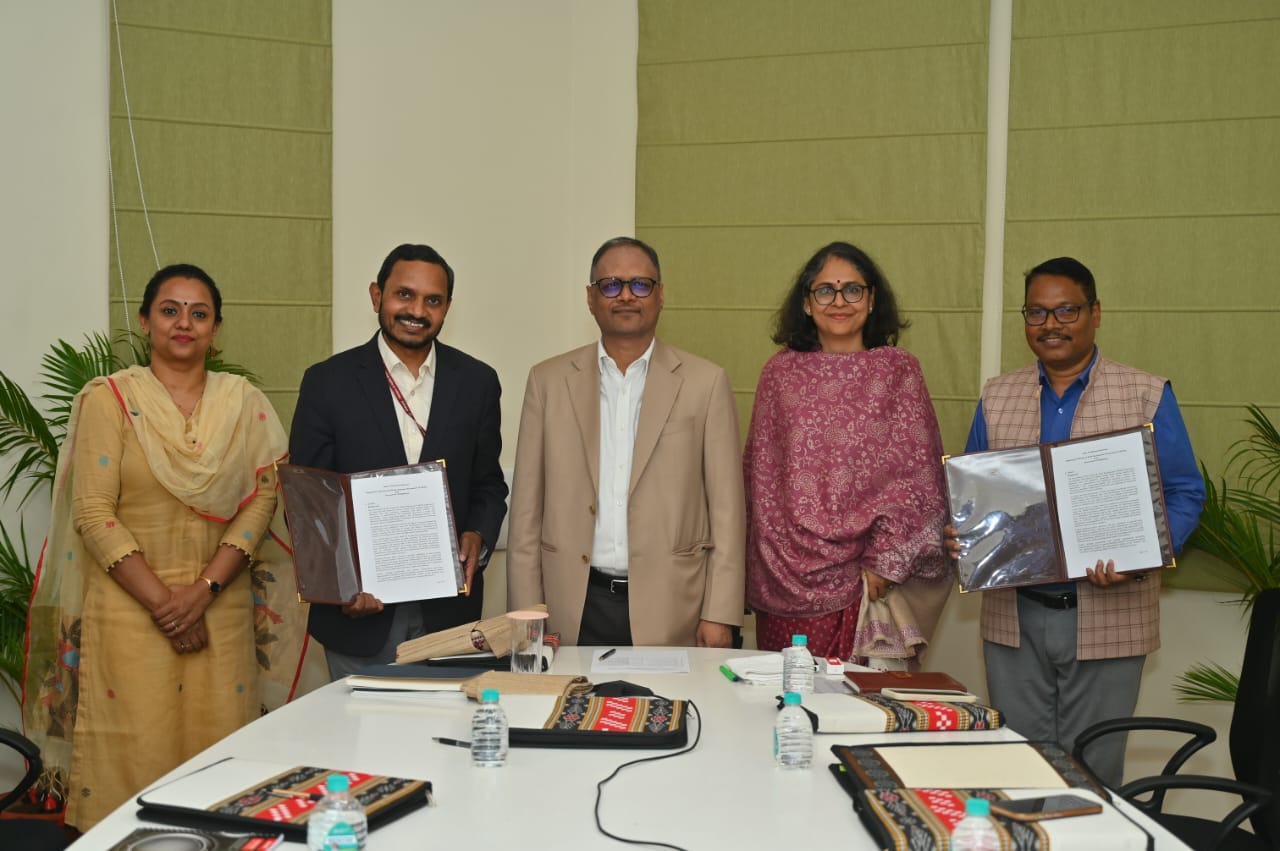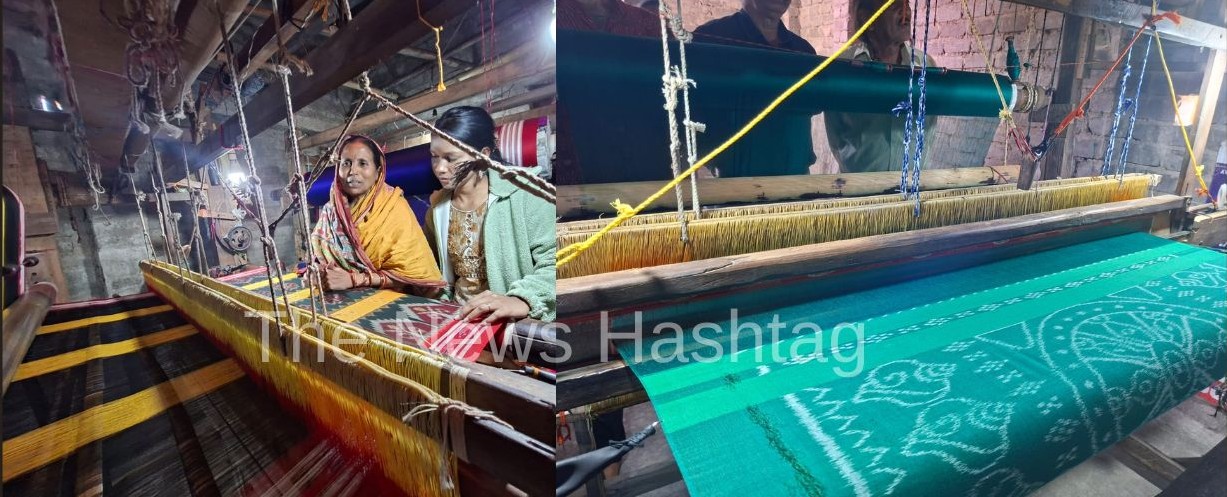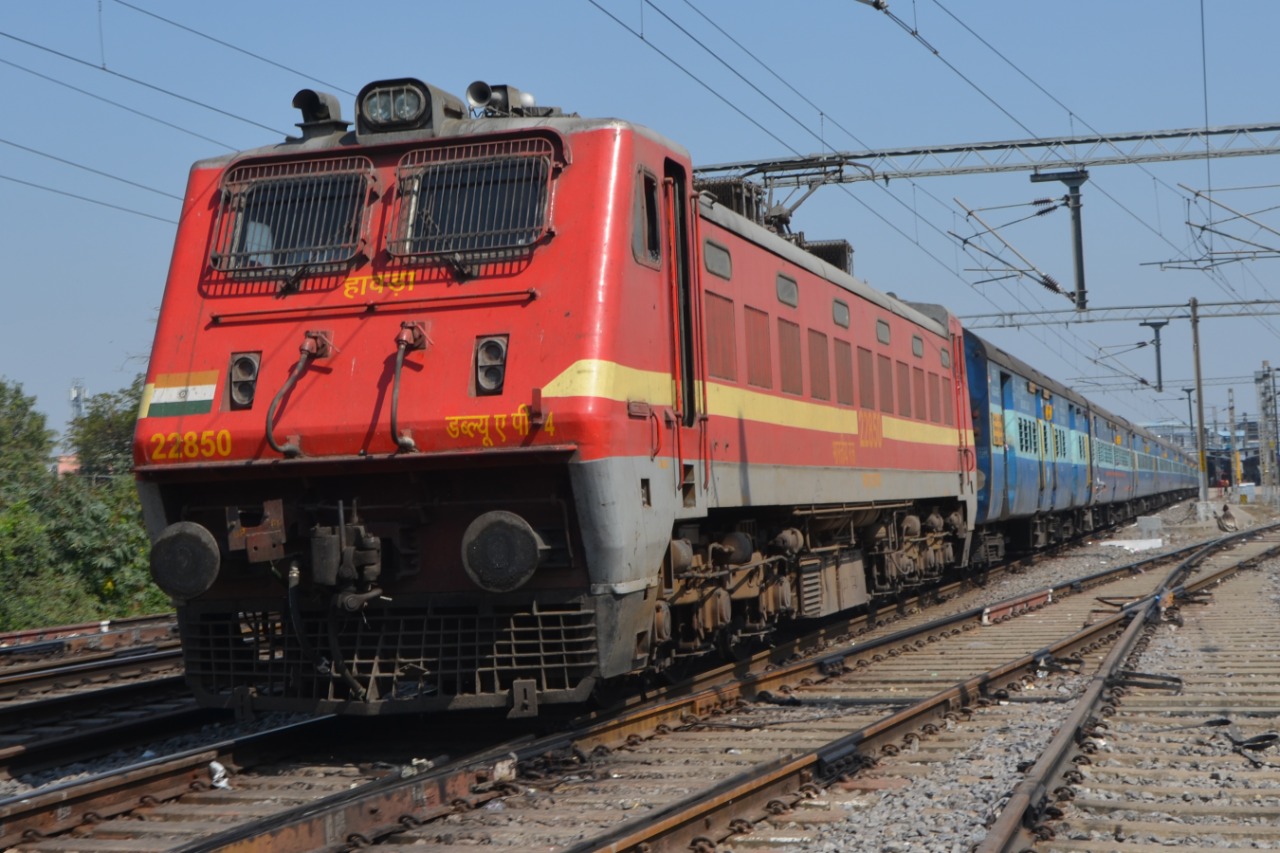New Delhi: East Coast Railway (ECoR) has embarked on a transformative initiative by adopting advanced ballastless track technology in the construction of new railway tunnels within its jurisdiction. This strategic move is poised to enhance the safety, efficiency, and sustainability of rail transport, particularly in the challenging environments of tunnel construction.
The initial implementation of ballastless tracks by ECoR began with the Rheda 2000 Block System in Tunnel No.1, spanning a 600-meter section between Baiguda and Kakirigumma stations. This development is part of the Koraput-Singapur Road Doubling Project, marking a significant milestone in ECoR’s commitment to modernizing its rail infrastructure.
ECoR plans to extend this innovative ballastless track system to all under-construction tunnels across various ongoing projects. Additionally, there are plans to replace existing tracks in tunnels with ballastless tracks. Current tunnel construction projects include the Kottavalasa-Kirandul and Koraput-Rayagada Doubling Projects, as well as new line projects like the Khurda Road-Balangir and Talcher-Bimalagarh Rail Line projects.
Advantages of Ballastless Tracks in Tunnel Construction
Ballastless tracks, particularly in tunnel environments, offer numerous advantages that make them an ideal choice for modern railway infrastructure:
1. Enhanced Durability and Longevity:
- Reduced Wear and Tear: Ballastless tracks are more robust, requiring less maintenance compared to traditional ballasted tracks. The absence of ballast eliminates issues like degradation and shifting, which can cause track misalignment.
- Longer Lifespan: Materials such as concrete and steel, used in ballastless tracks, provide a longer service life, making them a sustainable option for tunnels.
2. Increased Stability and Safety:
- Better Track Stability: Without ballast, the track structure is more rigid, ensuring consistent alignment and reducing derailment risks, especially crucial in confined tunnel spaces.
- Higher Load Capacity: Ballastless tracks can handle higher loads, making them suitable for high-speed rail or heavy freight traffic.
3. Reduced Maintenance Costs:
- Minimal Maintenance Requirements: The robust design of ballastless tracks leads to less frequent maintenance, beneficial in tunnels where access is challenging and costly.
- Lower Operational Disruptions: Fewer maintenance needs result in reduced operational disruptions, enhancing the efficiency and reliability of train services.
4. Improved Ride Comfort and Noise Reduction:
- Smoother Ride: The rigid construction of ballastless tracks provides a smoother ride, reducing vibrations and noise, which is particularly advantageous in tunnels where noise can be amplified.
- Noise Damping: Incorporating noise-damping materials further reduces noise pollution, improving the environment for passengers and workers.
5. Efficient Space Utilization:
- Compact Design: The compact design of ballastless tracks allows for more efficient use of space in tunnels, advantageous in urban areas where space is limited.
- Flexibility in Tunnel Design: The absence of ballast offers engineers greater flexibility in designing tunnel profiles, potentially reducing construction costs.
6. Environmentally Friendly:
- Reduced Environmental Impact: The long service life and reduced maintenance of ballastless tracks translate into a lower environmental footprint, with the absence of ballast quarrying being an added benefit.
- Less Dust and Debris: Ballastless tracks generate less dust and debris, improving air quality and reducing cleaning needs in tunnel environments.
7. Quicker Installation and Commissioning:
- Faster Construction: Prefabricated ballastless track systems allow for quicker installation, speeding up the overall construction timeline.
- Immediate Operational Readiness: Once installed, ballastless tracks can be used immediately without the need for a settling period.
8. Improved Drainage and Water Management:
- Effective Water Drainage: Ballastless tracks are designed with integrated drainage systems that efficiently manage water accumulation, crucial for preventing track deformation and corrosion in tunnels.
- Reduced Risk of Water-Related Damage: Superior drainage minimizes water pooling risks, enhancing track integrity and safety.
ECoR’s adoption of ballastless track technology represents a forward-thinking approach to modern rail infrastructure. By integrating these advanced systems into tunnel construction projects, ECoR is setting a new standard for railway safety, efficiency, and sustainability. The long-term benefits of this technology promise to revolutionize rail transport in India, offering a more reliable and environmentally friendly alternative to traditional track systems.





